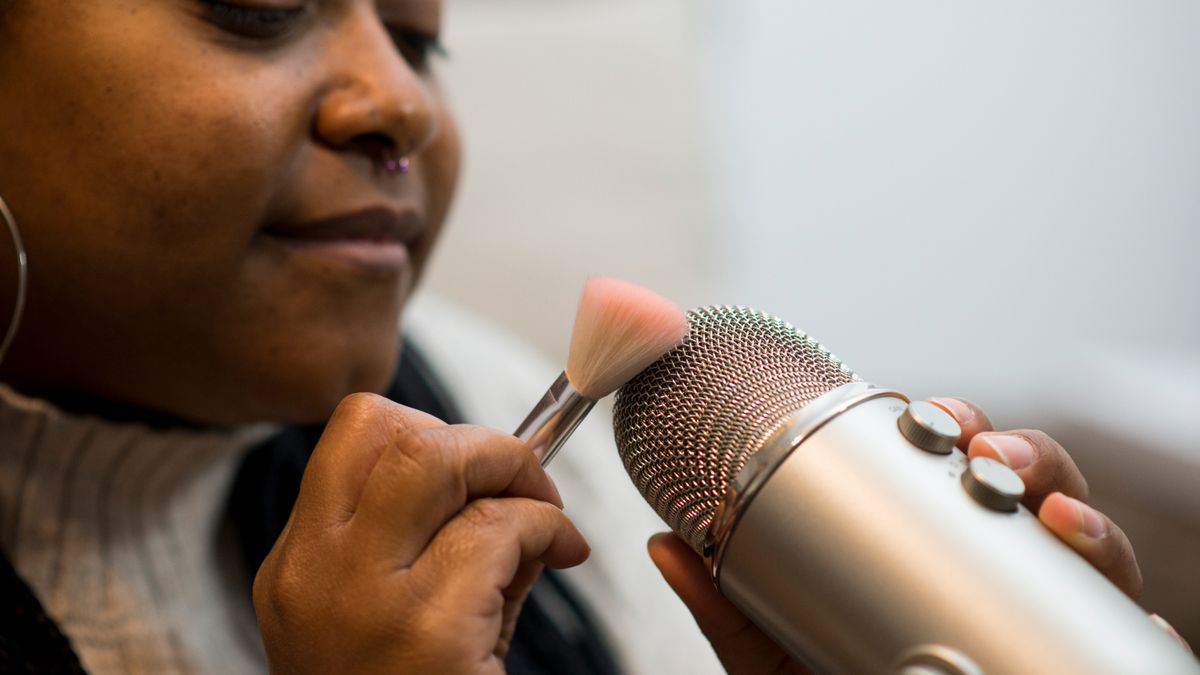
Understanding ASMR and Its Appeal
Autonomous Sensory Meridian Response (ASMR) encapsulates a range of pleasurable sensations commonly triggered by specific auditory or visual stimuli, such as whispering or gentle movements. This experience is marked by a tingling sensation beginning at the scalp and spreading down the body, often resulting in profound relaxation and euphoria. These pleasurable sensations connect deeply to human emotion and are increasingly sought after in our overly stimulated world. In essence, ASMR serves as a unique form of sensory enjoyment in a landscape flooded with distractions and anxieties.
The Psychological Basis for Craving

Psychological mechanisms underpin the cravings for oddly satisfying experiences. The desire for ASMR and similar stimuli is rooted in the hedonic principles of pleasure and satisfaction. When individuals engage with content that provides this sensory stimulus, they often derive a combination of positive emotional responses and feelings of safety. The calming effects of ASMR can lower heart rates and induce states of relaxation similar to those achieved through mindfulness practices or music therapy, ultimately making these experiences immensely appealing to many[1][9].
The phenomenon of watching “oddly satisfying” videos, like slime or soap cutting, stems from a similar psychological foundation. The engaging and repetitive motions of these activities captivate viewers by creating a sense of familiarity and comfort. This type of visual experience triggers our innate desire for order and predictability in a chaotic world. People are often drawn to activities that visually or auditorily satisfy, as they evoke feelings of nostalgia and carefree experiences, harkening back to simpler times of childhood play[2][10].
Sensory Engagement and the Brain
Research into the neuroscience of ASMR has revealed that these pleasurable experiences activate specific brain networks related to reward and emotional processing. Functional MRI scans have shown that engaging with ASMR content stimulates areas like the medial prefrontal cortex and the nucleus accumbens, which are crucial for processing social bonds and rewards. This neurological activation supports the idea that ASMR can enhance feelings of connectivity and attachment with others, allowing for sustained emotional engagement without the pressures of daily stressors[1][5][9].
Interestingly, not everyone experiences ASMR in the same way. Individual differences, including personality traits such as openness to experience and neuroticism, influence how individuals respond to ASMR triggers, making the phenomenon highly subjective[9]. Some may find ASMR videos to feel intensely soothing, while others may not resonate with them at all.
In addition to individual variability, the context in which these stimuli are experienced plays a significant role. The reassuring nature of ASMR is often enhanced in safe and familiar environments, which can further amplify the sensation and reduce stress levels[9][10]. Hence, engaging with these stimuli in personal, comforting settings provides a dual benefit of relaxation and delightful engagement.
The Role of Cultural Context

The recent surge in the popularity of “oddly satisfying” videos can also be interpreted through the lens of cultural phenomena. Growing up in an increasingly digital landscape with overwhelming sensory inputs has led to a craving for simpler, more controllable experiences. “Oddly satisfying” videos resonate with a collective cultural nostalgia for tangible, straightforward joys, contrasting sharply against the complexities of contemporary life[2][12].
Moreover, the predominance of ASMR and similarly pleasing video content reflects a shift in consumption patterns where viewers move from interactive creation to passive observation. This transition raises questions about the nature of satisfaction itself—are we better off participating in an activity, or do we find more satisfaction in simply observing its completion? Interestingly, researchers propose that watching these videos can provide emotional closure that performing the act may not fulfill, as the process of observing offers relief with fewer of the messier implications that come from engaging directly with an activity[2][4].
Conclusion: The Impact of Oddly Satisfying Experiences
In conclusion, the craving for oddly satisfying experiences, rooted in the psychological and physiological mechanisms of pleasure and relaxation, cannot be underestimated. The emotional and neurological responses elicited by ASMR and captivating visual stimuli highlight a fundamental aspect of human nature: the desire for comfort, safety, and connection in a world that often seems chaotic. Engaging with ASMR and related content provides an avenue for both self-soothing and emotional escape, with the potential to enrich our understanding of well-being in the modern age. As research continues to evolve, it may reveal even deeper insights into how these experiences not only provide pleasure but also shape our understanding of fulfillment and happiness in a digital world.
Get more accurate answers with Super Pandi, upload files, personalized discovery feed, save searches and contribute to the PandiPedia.
Let's look at alternatives:
- Modify the query.
- Start a new thread.
- Remove sources (if manually added).